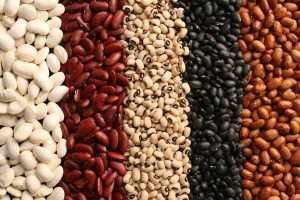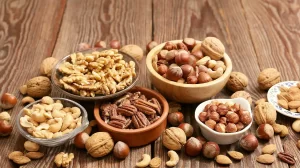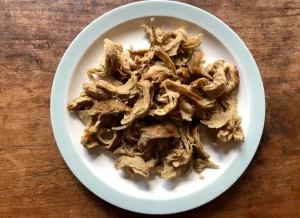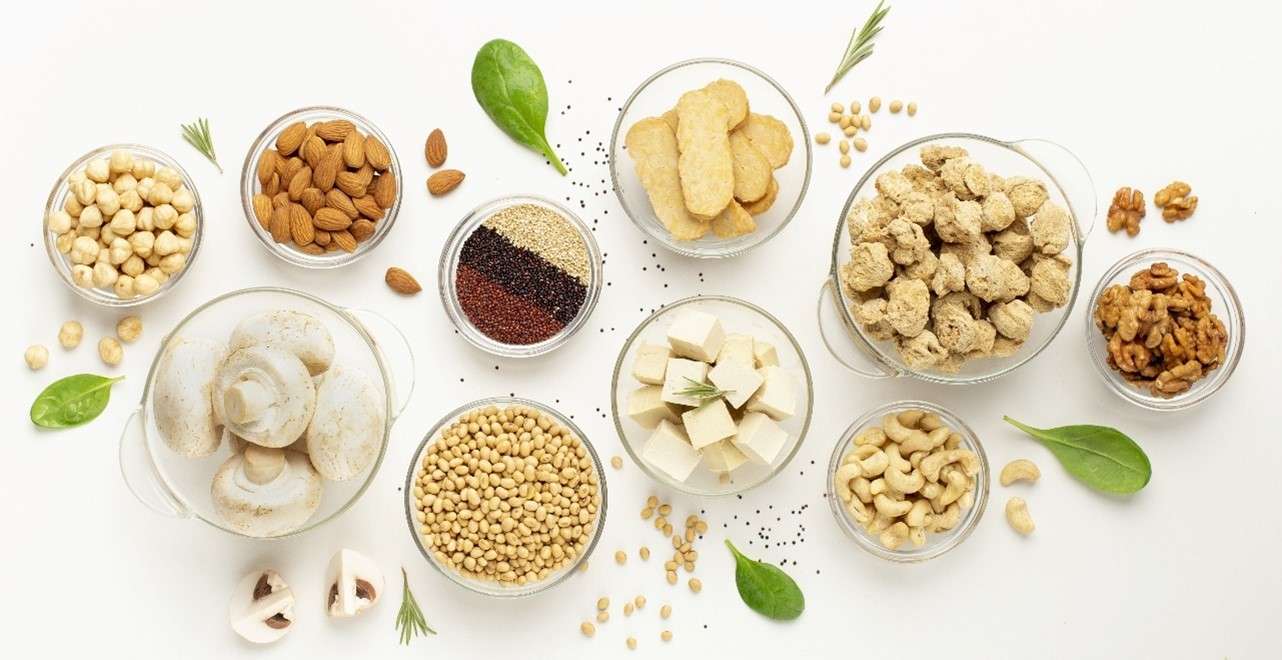Plant-Based Protein Sources: A detailed look at various plant-based protein sources, their nutritional value, and how to incorporate them into your diet.
Introduction
Plant-based diets have gained popularity for their health benefits and environmental sustainability. But what about protein? Rest assured, there’s a wealth of plant-based protein sources that can not only meet but exceed your nutritional needs. In this blog, we’ll take an in-depth look at various plant-based protein sources, explore their nutritional value, and provide tips on how to incorporate them into your diet for a balanced and fulfilling lifestyle.
The Importance of Plant-Based Protein
Protein is essential for numerous bodily functions, including muscle growth, tissue repair, and enzyme production. While animal products are known for their protein content, plant-based foods offer a diverse array of protein sources that are not only nutritious but also free from the saturated fat and cholesterol found in animal products.
Nutritional Powerhouses: Plant-Based Protein Sources

1. Legumes
Varieties: Beans (black, kidney, pinto, etc.), lentils, chickpeas, and peas.
Protein Content: Approximately 15-20 grams of protein per cup of cooked legumes.
Nutritional Highlights: Rich in fiber, vitamins, and minerals, legumes are versatile and form the foundation of many plant-based dishes. They are also affordable and readily available.
Incorporation: Use them in soups, stews, salads, and as a base for plant-based burgers and spreads like hummus.

2. Tofu and Tempeh
Varieties: Tofu (silken, firm, extra-firm) and tempeh (fermented soybean cake).
Protein Content: Tofu contains approximately 10-20 grams of protein per 3.5 ounces, while tempeh provides around 21 grams of protein per 3.5 ounces.
Nutritional Highlights: Both tofu and tempeh are excellent sources of protein, and they are versatile ingredients that can take on various flavors and textures.
Incorporation: Use tofu in smoothies, stir-fries, and desserts. Grill or sauté tempeh for sandwiches, salads, or grain bowls.

3. Nuts and Seeds
Varieties: Almonds, peanuts, chia seeds, hemp seeds, flaxseeds, and more.
Protein Content: Nuts and seeds vary in protein content, with an average of 5-7 grams of protein per ounce.
Nutritional Highlights: Nuts and seeds provide not only protein but also healthy fats, fiber, vitamins, and minerals.
Incorporation: Sprinkle them on yogurt or oatmeal, use as a topping for salads, or blend into smoothies. They can also be the base for homemade energy bars.

4. Whole Grains
Varieties: Quinoa, brown rice, farro, bulgur, and more.
Protein Content: Approximately 6-8 grams of protein per cooked cup.
Nutritional Highlights: Whole grains are not only a source of protein but also fiber, complex carbohydrates, vitamins, and minerals.
Incorporation: Use whole grains as a base for grain bowls, stir-fries, or side dishes. Quinoa, in particular, is considered a complete protein source.

5. Seitan (Wheat Gluten)
Variety: Seitan is made from wheat gluten.
Protein Content: Seitan is a protein powerhouse, with approximately 25 grams of protein per 3.5 ounces.
Nutritional Highlights: Seitan is rich in protein and has a meaty texture, making it a popular choice for plant-based meat substitutes.
Incorporation: Use seitan in stir-fries, sandwiches, and as a meat substitute in various dishes.
Tips for Incorporating Plant-Based Protein
- Diversify Your Sources: Incorporate a variety of plant-based protein sources to ensure you get a wide range of nutrients.
- Combine Complementary Proteins: Combining foods like beans and rice or tofu and quinoa can provide a complete protein profile.
- Experiment with Recipes: Explore plant-based recipes to discover creative and delicious ways to incorporate these protein sources into your meals.
- Consider Protein Supplements: If needed, consider plant-based protein supplements like pea protein powder for a convenient protein boost.
- Consult a Nutritionist: If you have specific dietary concerns or restrictions, consult a registered dietitian or nutritionist for personalized guidance.
Conclusion
Plant-based protein sources offer an abundance of nutrition and flavor, making them a valuable addition to any diet. By incorporating legumes, tofu, tempeh, nuts, seeds, whole grains, and seitan into your meals, you can enjoy a protein-rich, balanced, and delicious plant-based lifestyle while reaping the health benefits and contributing to a more sustainable world.
Do Follow Us On Twitter – https://twitter.com/Uniqverses708
We Have a Wide Range of Unique information For You On Uniqverses.com
Please like, comment & Share if you want us to keep bringing these amazing and unique information for you.









